This product is shipped locally from Bairnsdale, Victoria, and it’s exclusively for our Australian customers.
Project overview
This superb pedal gives you three classic Tone Benders in one compact unit, allowing you to switch between them with ease. Whether you’re looking for that old-school MK1 sound or want to experiment with the MK2 or MK3, the Total Bender has you covered.
This build allows you to choose between silicon and germanium versions according to your preference and comes with trimmers that enable setting the transistors to your taste, so you can really make this pedal your own.
Introduction
The Tone Bender is one of the most admired and unique fuzz pedals in music history. Chosen by many of the best guitarists in the world, its sound is a fundamental element of the most influential music of the last five decades.
So, how does a Tone Bender sound? The signature sound of the Tone Bender is hairy, spitting, and aggressive. It doesn’t have problems cutting through a live mix as scooped Muff-style fuzzes, and while it doesn’t clean up as elegantly as a Fuzz Face, it has a unique compression and bloom when responding to pick attack. Players such as Mark Ronson, Jeff Beck, Brian May, Ernie Isley, Syd Barrett, Kevin Shields, and of course, Jimmy Page have all used the Tone Bender to create iconic recorded and live guitar tones.
Having the three main versions in a single board is as convenient and versatile as it gets. Let us check all you can get with just the flip of a switch:
Tone Bender MKI
The first incarnation of the Tone Bender was a three-transistor circuit based on the Gibson Maestro Fuzz-Tone (FZ-1) circuit. The circuit was modified by the technician Gary Hurst to produce more sustain than its American counterpart. The story goes that the guitar legend Vic Flick (the man responsible for the James Bond Theme), brought a Fuzz-tone to Hurst and requested a version with more sustain.
Hurst began selling the resulting pedal in mid-1965. He housed the early Benders in those iconic wooden enclosures that later were replaced by the folded steel ones. The Tone Bender was the first-ever British-made Fuzz box available to the public. And just like that, ladies and gentlemen, the British fuzz was born!
Tone Bender MKII
MKII is the most popular version of the Tonal Bender, and it has a special place in the hall of rock’n’roll. The MKII Tone Bender has a thicker and slightly less aggressive sound than the MKI, and is capable of loading tons of headroom, warm fat crunch, aggressive rock tones suitable for down-tuning, and huge blues tones.
If you are going for the sound that shocked everyone in the mid-sixties, this is the one. Just imagine the moment this pedal played through an old Marshall or Selmer or Vox for the first time; for a guitarist, it must have been life-changing!
Tone Bender MKIII
The final chapter in the classic Tone Bender series and by far the most versatile of the three. When introduced in 1968, the Tone Bender MKIII did not come in the iconic aluminum enclosure but in a pressed steel casing, with a far livelier and attractive set of silk-screened graphics.
The MKIII has three control knobs on the panel: Level, Tone, and Fuzz. It features a three-transistor fuzz circuit that was based on the earlier Baldwin-Burns Buzzaround, but offers you the tone control in place of the ‘balance’ control on the Burns model. The result is a pedal that sounds much tamer and is more user-friendly than the often chaotic-sounding Buzzaround.
Silicon or Germanium
This project allows you to choose your build based on your preferences; whether you want to go for the warmer, rounder vintage tone of the germanium version or the rougher silicon one that comes with more gain. In addition, the trimmers allow setting the transistors to your taste.
Total Bender was a satisfying project to work on. Not only did it require a lot from us, but it also gave back in spades with its great sound and versatility that will make any guitarist happy to try out their new toy! We just cannot wait to hear your feedback and demos.
Controls
Common Section
- BOOST Potentiometer
- Mode Switch
MK I
- 1.ATTACK
- 1.LEVEL
- 1.Voltage (internal switch)
MK II
- 2.ATTACK
- 2.LEVEL
- 2.Voltage (internal switch)
MK III
- 3.FUZZ
- 3.LEVEL
- 3.TONE
- 3.Voltage (internal switch)
For any technical questions regarding this build don’t forget to check out our Facebook Group and our forum at Free Stomp Boxes.
Total Bender – Building Docs
Total Bender – Drilling template
Be the first to review “Total Bender – Australia” Cancel reply
Related products
Bass
Inspired by EQD Acapulco Gold + Clean blend & Baxandall tone stack.

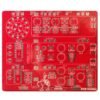
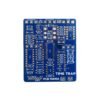
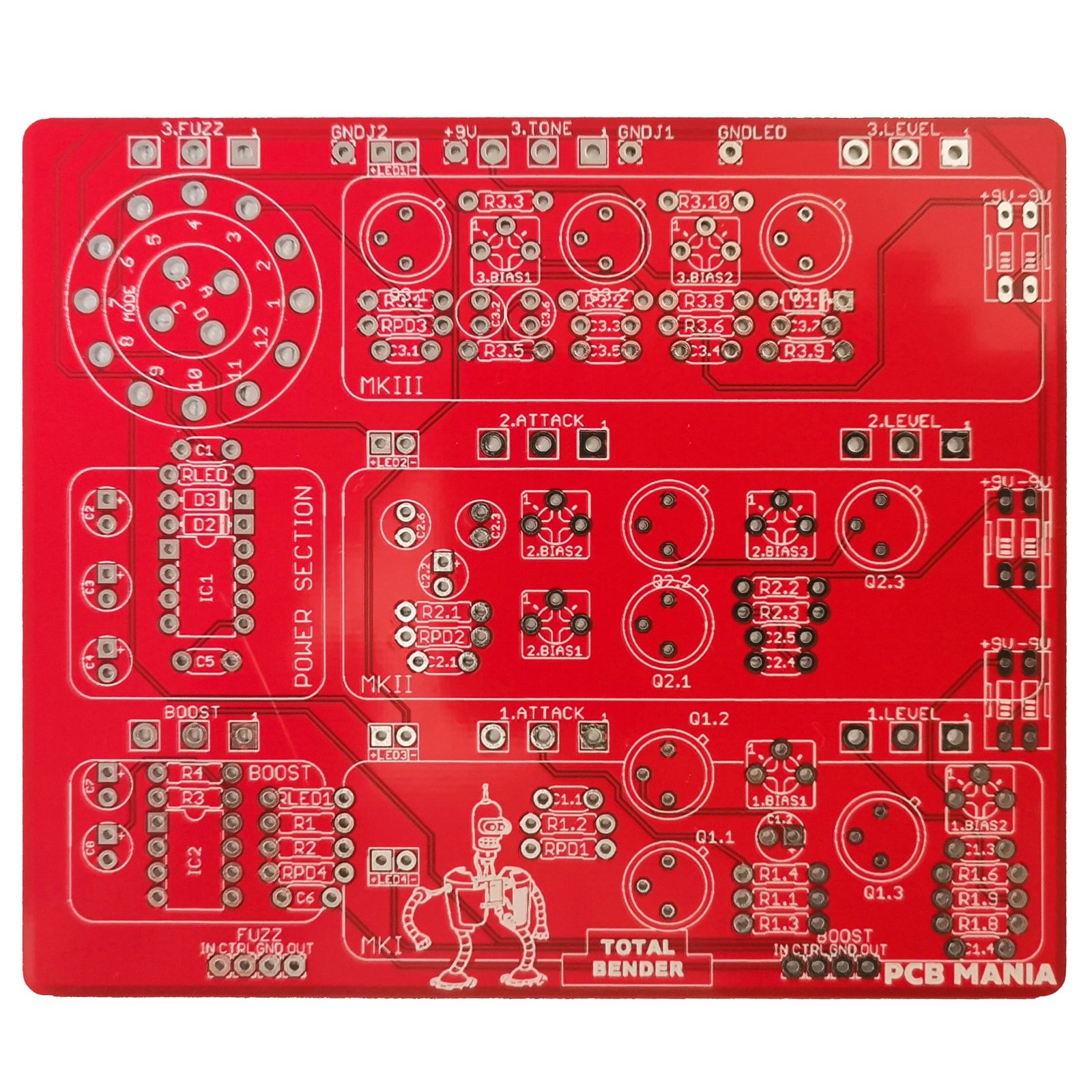

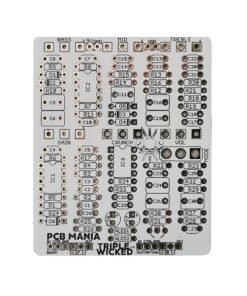
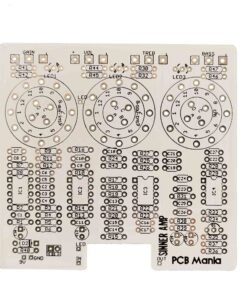

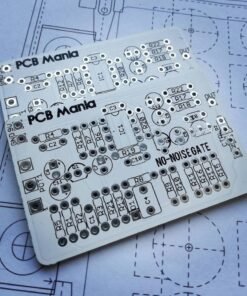
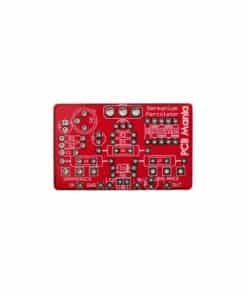
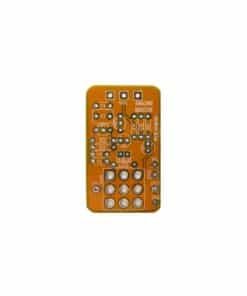
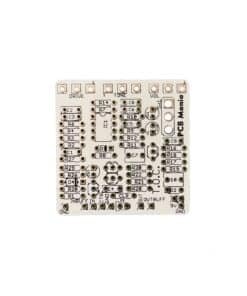
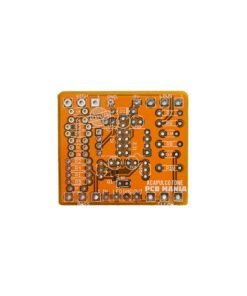

Reviews
There are no reviews yet.